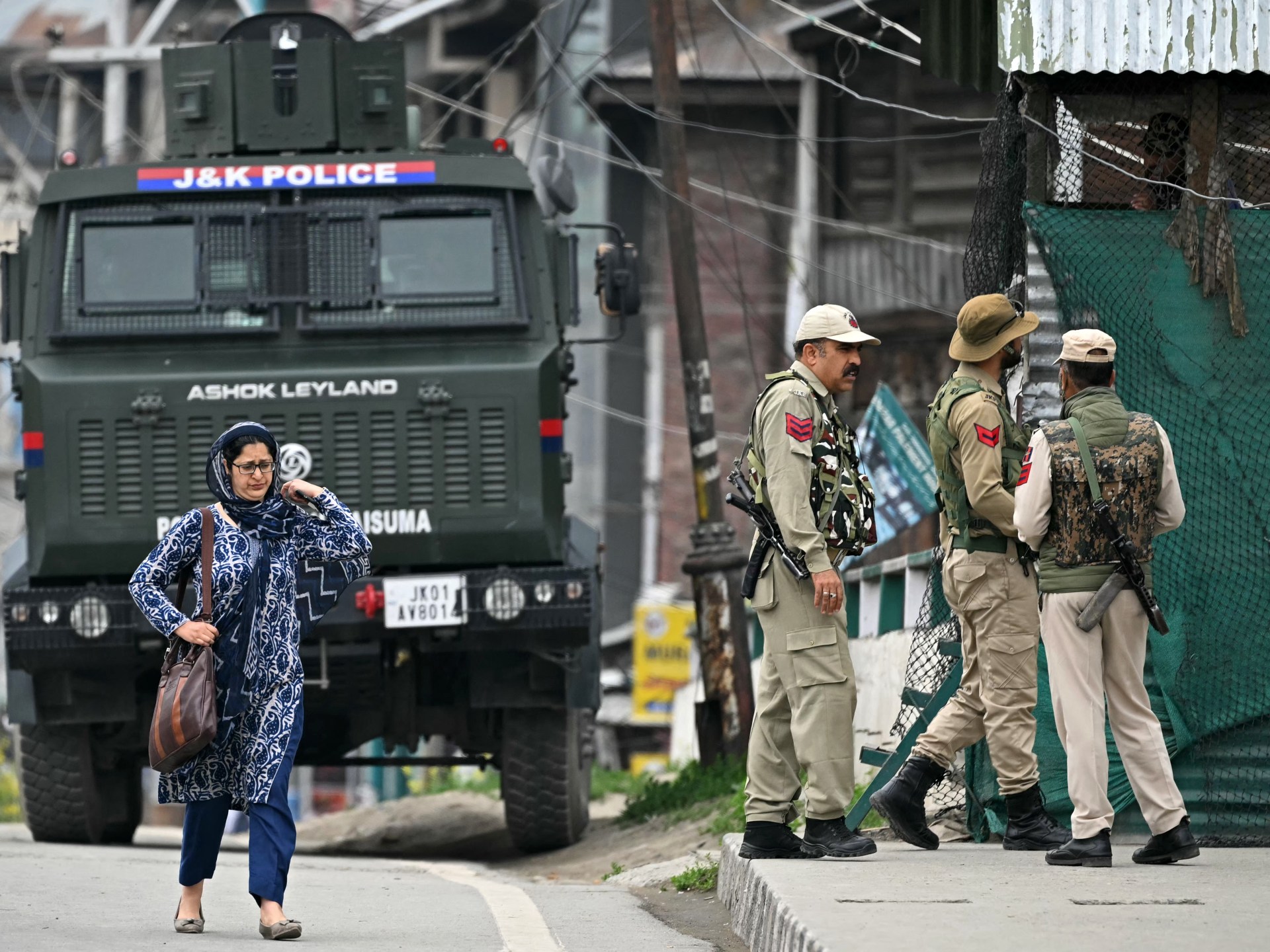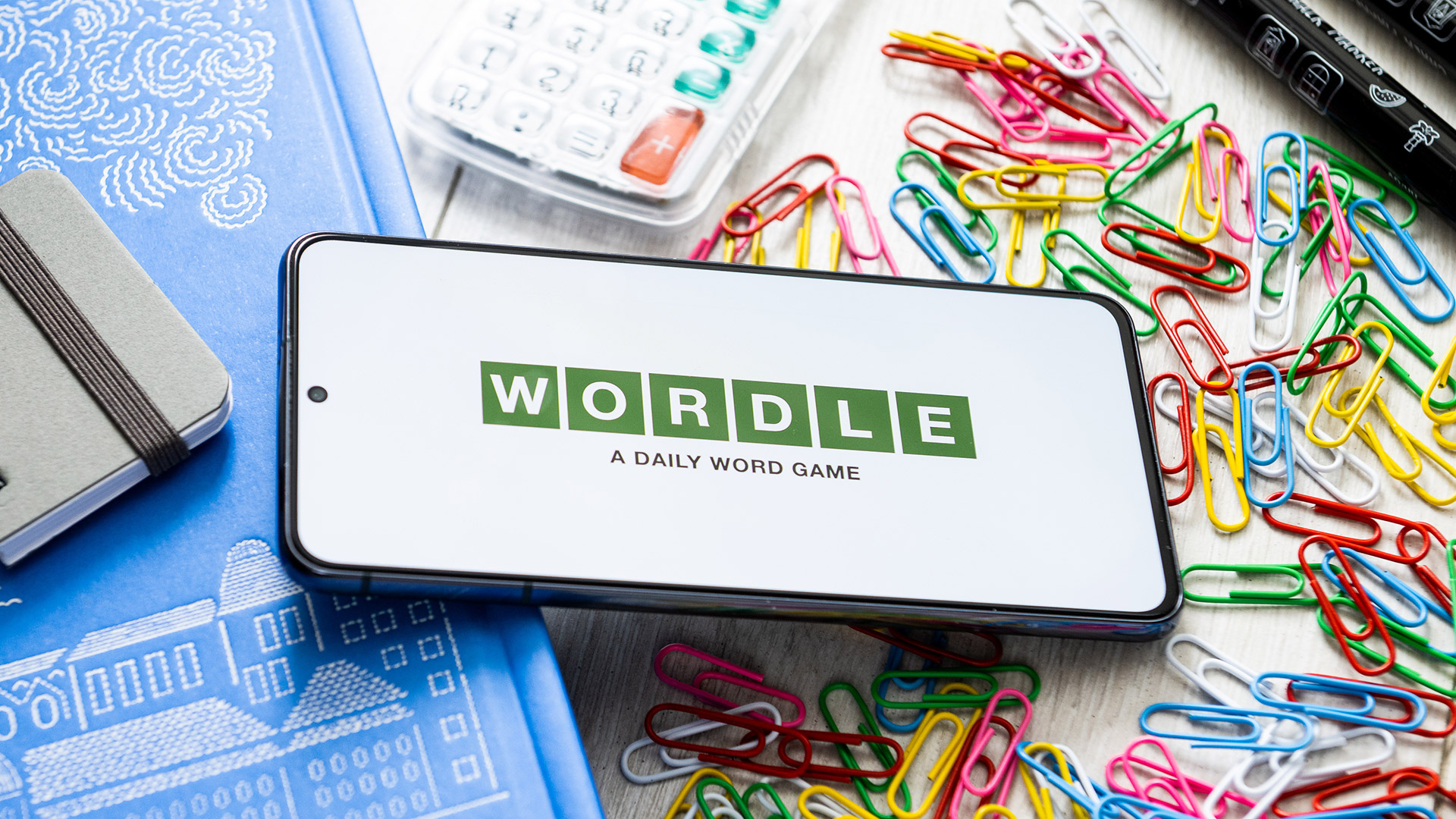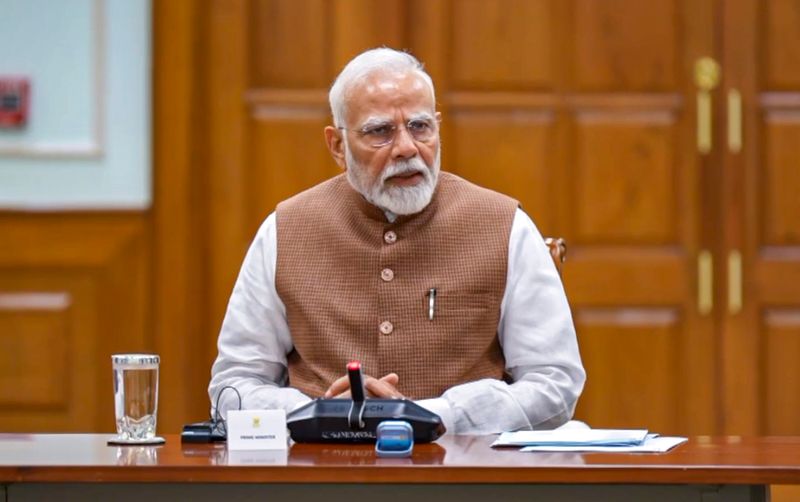From Partition To Present: Examining The Ongoing India-Pakistan Dispute

Welcome to your ultimate source for breaking news, trending updates, and in-depth stories from around the world. Whether it's politics, technology, entertainment, sports, or lifestyle, we bring you real-time updates that keep you informed and ahead of the curve.
Our team works tirelessly to ensure you never miss a moment. From the latest developments in global events to the most talked-about topics on social media, our news platform is designed to deliver accurate and timely information, all in one place.
Stay in the know and join thousands of readers who trust us for reliable, up-to-date content. Explore our expertly curated articles and dive deeper into the stories that matter to you. Visit NewsOneSMADCSTDO now and be part of the conversation. Don't miss out on the headlines that shape our world!
Table of Contents
From Partition to Present: Examining the Ongoing India-Pakistan Dispute
The India-Pakistan conflict, a legacy of the 1947 partition of British India, remains one of the world's most volatile and enduring geopolitical disputes. More than just a territorial disagreement, it's a complex web of historical grievances, religious tensions, and strategic rivalries that continue to shape the region and global politics. This article delves into the key historical events, ongoing tensions, and potential pathways towards resolution in this deeply entrenched conflict.
The Roots of the Conflict: The 1947 Partition
The hasty and poorly planned division of British India into India and Pakistan resulted in widespread communal violence, mass displacement, and the creation of enduring animosity. The partition, fueled by religious differences between Hindus and Muslims, left millions dead and millions more displaced, forever scarring the relationship between the two nations. The unresolved issue of Kashmir, a predominantly Muslim region with a Hindu ruler that acceded to India, immediately ignited a war and remains a central point of contention to this day.
Key Historical Events and Escalations:
- 1947-1948: First Kashmir War: The initial conflict over Kashmir's accession set the stage for decades of hostility.
- 1965 War: Fueled by border skirmishes and competing claims in Kashmir, this war ended in a stalemate.
- 1971 War: This war resulted in the creation of Bangladesh (formerly East Pakistan) and further deepened the animosity between India and Pakistan.
- Kargil War (1999): A significant military confrontation in the Kargil region of Kashmir highlighted the ongoing territorial disputes.
- 2008 Mumbai Attacks: The attacks, allegedly orchestrated by Pakistan-based militants, significantly strained relations and increased security concerns.
- 2019 Pulwama Attack: A suicide bombing targeting Indian security forces in Pulwama, Kashmir, led to further escalations and retaliatory airstrikes.
Ongoing Tensions and Challenges:
The India-Pakistan dispute is characterized by a number of persistent challenges:
- Kashmir Dispute: The status of Jammu and Kashmir remains the most significant point of contention, with both countries claiming the entire territory. The revocation of Article 370 in 2019 by India further exacerbated the situation.
- Cross-border Terrorism: Accusations of cross-border terrorism and support for militant groups continue to fuel distrust and violence.
- Nuclear Weapons: Both India and Pakistan possess nuclear weapons, increasing the risk of a catastrophic conflict.
- Water Resources: Shared river systems, like the Indus River, are a source of potential conflict, particularly concerning water allocation and dam construction.
Potential Pathways to Peace:
Despite the deeply rooted animosity, several potential avenues for resolving the conflict exist, although they face significant hurdles:
- Dialogue and Diplomacy: Sustained and meaningful dialogue between the two countries is crucial for addressing the underlying issues.
- Confidence-Building Measures: Implementing measures to reduce tensions, such as improving communication channels and promoting people-to-people contact, can foster trust.
- Third-Party Mediation: International mediation or involvement from influential global players could facilitate negotiations and promote compromise.
- Addressing Root Causes: Tackling issues like poverty, inequality, and religious extremism, which often fuel the conflict, is essential for long-term stability.
Conclusion:
The India-Pakistan dispute is a complex and multifaceted challenge with profound implications for regional and global security. While the path to lasting peace remains arduous, a commitment to dialogue, diplomacy, and addressing the root causes of the conflict is vital for preventing future escalations and creating a more stable and peaceful South Asia. The future hinges on a willingness from both sides to engage in meaningful negotiations and prioritize lasting peace over short-term gains. Only then can the legacy of partition be truly overcome.

Thank you for visiting our website, your trusted source for the latest updates and in-depth coverage on From Partition To Present: Examining The Ongoing India-Pakistan Dispute. We're committed to keeping you informed with timely and accurate information to meet your curiosity and needs.
If you have any questions, suggestions, or feedback, we'd love to hear from you. Your insights are valuable to us and help us improve to serve you better. Feel free to reach out through our contact page.
Don't forget to bookmark our website and check back regularly for the latest headlines and trending topics. See you next time, and thank you for being part of our growing community!
Featured Posts
-
 Golden Knights Game 2 Pietrangelo And Dorofeyevs Participation Uncertain
May 10, 2025
Golden Knights Game 2 Pietrangelo And Dorofeyevs Participation Uncertain
May 10, 2025 -
 Best Cheap Apple Watch Prices May 2025 Sales
May 10, 2025
Best Cheap Apple Watch Prices May 2025 Sales
May 10, 2025 -
 Intense Game 6 Bruins And Brown Head To Decisive Game 7
May 10, 2025
Intense Game 6 Bruins And Brown Head To Decisive Game 7
May 10, 2025 -
 Pistons Vs Knicks Winner Advances Full Nba Playoffs Schedule Announced
May 10, 2025
Pistons Vs Knicks Winner Advances Full Nba Playoffs Schedule Announced
May 10, 2025 -
 Stephen Currys Injury No Rush Back Focus On Full Recovery For The Warriors
May 10, 2025
Stephen Currys Injury No Rush Back Focus On Full Recovery For The Warriors
May 10, 2025
Latest Posts
-
 Fridays Nyt Wordle Answer May 9th 1420 Hints Included
May 10, 2025
Fridays Nyt Wordle Answer May 9th 1420 Hints Included
May 10, 2025 -
 Apples Planned 2027 Release Of Ar Glasses A Direct Competitor To Ray Ban Stories
May 10, 2025
Apples Planned 2027 Release Of Ar Glasses A Direct Competitor To Ray Ban Stories
May 10, 2025 -
 40 Point Loss Fuels Controversy Gordon Calls Out Thunders Play And Questionable Officiating
May 10, 2025
40 Point Loss Fuels Controversy Gordon Calls Out Thunders Play And Questionable Officiating
May 10, 2025 -
 Aaron Gordon On Jokic Fouls Refs Missed Calls Following Crushing Nuggets Loss To Thunder
May 10, 2025
Aaron Gordon On Jokic Fouls Refs Missed Calls Following Crushing Nuggets Loss To Thunder
May 10, 2025 -
 Indias Future Pm Modi Seeks Guidance From Veteran Armed Forces Personnel
May 10, 2025
Indias Future Pm Modi Seeks Guidance From Veteran Armed Forces Personnel
May 10, 2025
